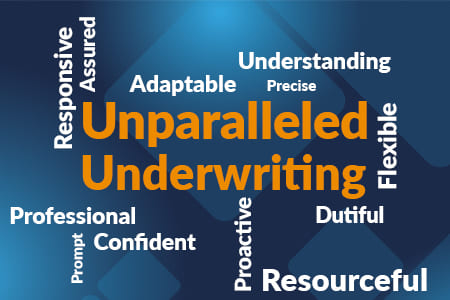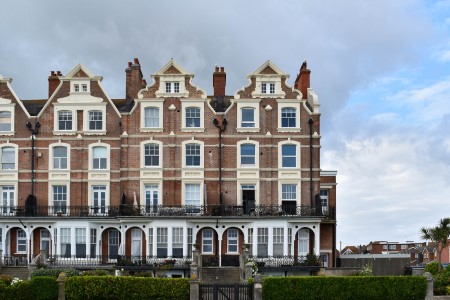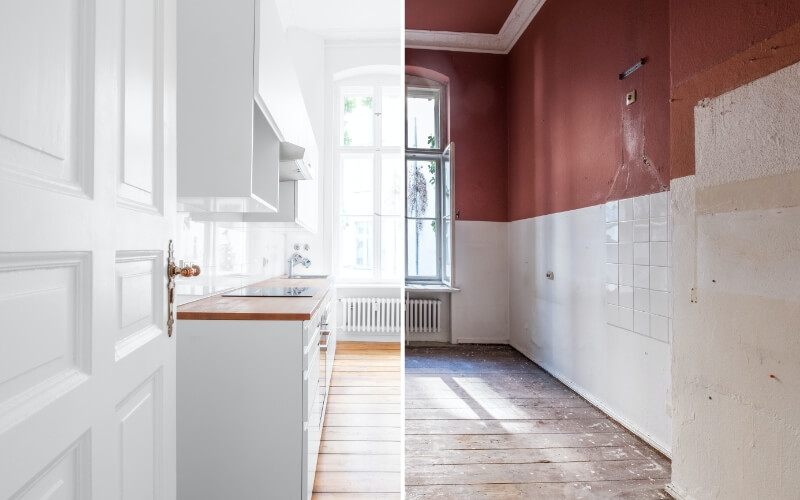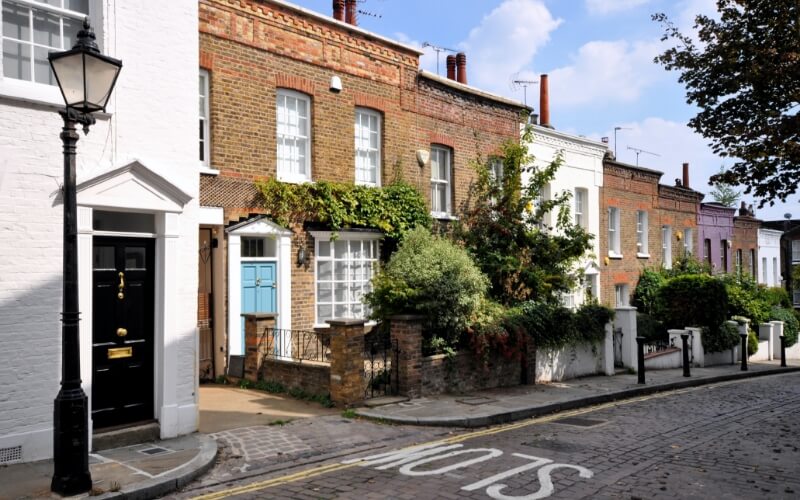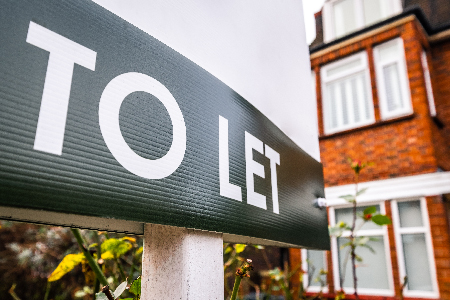Buy-to-let and residential bridging loans are for property investors who want to purchase a variety of residential real estate.
Latest Case Studies
Acquiring a new property in a buoyant property market
Read case studyAcquiring Prime Central London property, with speed and transparency from the offset
Read case studyFunding Issued Within a Week for a First Time BTL Landlord
Read case studyHelping a buyer secure their first investment property and prepare for the future
Read case studyHelping an investor bring an uninhabitable property back to life
Read case studyHelping an investor meet a tight deadline less than a week away
Read case studyImmediate and Long-term Challenges Threaten to Derail a Residential BTL Investment
Read case studyMoving quickly to secure a new build for a first-time landlord
Read case studyPooling our resources to address a range of tricky circumstances
Read case studyProviding finance for an HMO property that needs refurbishment work
Read case studyWorking with 3rd parties to ensure multiple sources of finance come together smoothly
Read case study“Residential bridging loans are short term loans designed to “bridge the gap” between financial payments when buying and selling a property which will be lived in.
Residential bridge loans are often used by property investors looking to increase their portfolio quickly, or purchase, renovate and sell on a property.
Buy-to-let bridging loans are used to buy assets that are specifically intended to be rented out to tenants. This can include a single tenant or family, or multiple tenants living in a house of multiple occupation or an HMO.
These loans are secured against the residential property. They are very flexible, so you decide things such as how long you want the loan for and how you’d like to pay the interest, with the ability to roll, defer and service.
Often, buyers can spot an investment opportunity but risk missing out due to delays during which, other investors may swoop in and buy the property. Bridging loans allow purchases to be completed promptly, providing breathing space for the next step.”
Bespoke buy-to-let & residential bridging finance
- Minimum loan amount: £100k
- Maximum loan amount: £50m
- Maximum LTV: 75%
- Interest rates: variable rate from 0.35% (+BBR), fixed rate from 0.70%
- Charge type: 1st charge, 2nd charge
- Term: 3 – 18 months
- Exit fee: POA
- Location of property: England, Wales
Buy-to-Let Residential Bridging Loans –
What you need to know:
Definition of residential bridging loans?
Residential bridging finance is a loan for use on properties that can be lived in.
This is often in the form of:
- A buy-to-let property, which will have a singular tenant or family living in it.
- A property which an investor will purchase, renovate and then sell on.
- Or an HMO, where multiple tenants will inhabit a property on separate tenancy agreements.
Residential bridging loans can provide fast capital to purchase a property in England or Wales.
The short-term loan is generally used to ‘bridge the gap’ that can appear when purchasing a new property. Often our clients are keen to add a new property to their portfolio. They might risk losing out on an opportunity whilst waiting for long-term finance being set up, or for a previous property to sell. This is where a buy-to-let bridging loan could provide the solution. The client can purchase the property promptly. Meanwhile they can make other arrangements for the long-term financing of the asset or waiting for the previous property to sell.
How much can I borrow?
On buy-to-let or residential real estate, you are able to borrow from £100k to £3m. If you wish to borrow more than this, it will be a Large Residential Bridge Loan. Here, you are able to borrow up to £20m on a single property, or £50m for a portfolio of properties.
What can I use a residential & buy-to-let bridging loan for?
Residential bridging finance can be used where a property investor needs to move quickly. It can also be used where the investor does not necessarily meet the requirements of a traditional high-street lender. As bridging lending is unregulated, it is often much more flexible than the mainstream banks.
The four main reasons to use a buy-to-let bridging loan are:
1. To counter delays caused by long-term lenders
Many borrowers use a residential or buy-to-let bridging loan because they are fast. Traditional lending is a long process. In many cases, it can take up to 130 days – even for a seemingly simple application. This delay can put the borrower’s purchase at risk of falling through, or open to gazumping tactics from other buyers.
2. To purchase new build investments
Buying new build properties is particularly popular with overseas clients. The period of exchanging and completing on a new build is generally set by the developer and often around 2 weeks. Not having their finances sorted in time, might put the borrower’s deposit at risk. A residential bridge loan is usually required when the buyer is not able to secure the funds through a traditional lender by the set completion date.
3. To buy a property at auction
Auctions can be a great place to look for good value properties, commercial or residential real estate alike. They are also popular for those looking to work on refurbishment projects. They can redecorate and refurbish, and then resell the property for a potential profit. Auction finance is designed to move quickly, as auction houses usually provide a tight completion window of 28 days.
4. To release funds for other ventures
A client might look to expand their property portfolio. Residential bridge finance can be a short-term solution for purchasing commercial assets or embarking on other business ventures. Much like with residential properties, this is usually due to the speed & flexibility in which funds can be deployed. They can secure their buy-to-let bridge loan on the residential asset to release funds. If they are purchasing a commercial property, there is also the option to look at a commercial bridging loan.
What types of property can I purchase?
With buy-to-let or residential bridging loans, you can purchase a property where someone will be residing. This includes:
- A buy-to-let property for a single tenant to reside in
- A House of Multiple Occupation (HMO) for multiple tenants to reside in
- Student housing
- A Holiday let
- Properties situated in England and Wales
What are the advantages residential bridging finance?
Residential bridging loans are fast to arrange. Funds are available in as little as three days. They are also flexible. They can be used on various types of property for a wide range of clients with complicated circumstances. This could be complex company structures, clients with adverse credit, or Foreign National clients that live abroad.
Who is eligible?
These BTL & residential bridging loans can be used by almost anyone wishing to purchase residential property – providing they are not going to live in it themselves. Some of our common clients include:
- Property investors
- High net worth individuals
- Clients purchasing through a company
- Clients with adverse credit history
- Expats
- Foreign Nationals with no UK footprint
How long does it take to organise the loan?
You can have funds in your account in as little as three days. We will also reply to your enquiry within four hours. We work at the pace of the client to make sure that any deadlines are met.
Additional fees
Our fees include an arrangement fee. This fee starts from 1% of the gross loan amount. There are no early repayment charges on our residential and buy-to-let bridging loans. We also charge a commitment fee, which is refunded on completion.
What information do you need to progress this bridging loan?
As each case is unique, we may need different paperwork dependent on the circumstances.
However, some of the standard documents/information that we request to process your residential bridging finance include:
- the full address of the security property, value/ purchase price, confirmation of any outstanding balances
- whether the security property is currently tenanted or vacant and the rental income
- the mode you want to repay your loan/exit strategy
- whether the property is being purchased in a personal or company name
- purpose of the loan/ evidence of how funds will be utilised
- Asset & Liability Statement
How can I apply?
Call or email us today to get your application started.
You can call on +44 (0) 20 7060 1234 or email info@mfsuk.com. You will be connected with one of our dedicated underwriters, who will discuss your requirements with you, and guide you through the process.




